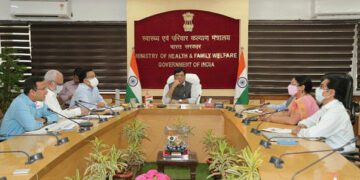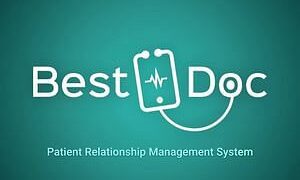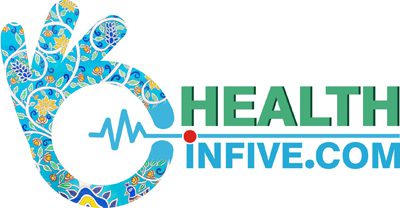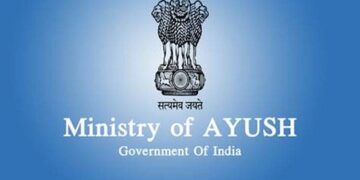By Health In Five Writer
India has seen a landmark achievement in the space of digital health initiatives. Ministry of Health and Family Welfare’s eSanjeevani, the national telemedicine initiative, has completed 8 lakh consultations today.
This is fast emerging as a sought after and popular means of seeking health care, especially during the COVID times in order to avoid physical contact while still benefitting by quality services. Over 11,000 patients are seeking health services on a daily basis in 27 States/UTs. eSanjeevani is also facilitating some states as a model that can serve patients throughout the year, especially in the far flung and remote areas.
The top ten States which have registered highest consultations through eSanjeevani and eSanjeevaniOPD platforms are Tamil Nadu (259904), Uttar Pradesh (219715), Kerala (58000), Himachal Pradesh (46647), Madhya Pradesh (43045), Gujarat (41765), Andhra Pradesh (35217), Uttarakhand (26819), Karnataka (23008), Maharashtra (9741).

eSanjeevani’s both variants of telemedicine namely – doctor to doctor (eSanjeevani AB-HWC) and patient to doctor (eSanjeevaniOPD) are consistently growing in terms of users on both sides i.e. patients / health workers on the one end and doctors on the other. eSanjeevani AB-HWC was launched by Ministry of Health and Family Welfare in November 2019 and it is to be implemented at 1,55,000 Health and Wellness Centres under Govt. of India’s Ayushman Bharat Scheme in ‘Hub & Spoke’ model by December 2022.
Over 7500 doctors have been trained and on boarded to provide telemedicine services on over 220 online OPDs on eSanjeevaniOPD. eSanjeevaniOPD enables access to OPD services by the patients in the confines of their homes. Over 100 telemedicine practitioners have completed more than 1,000 teleconsultations and a few of them have logged over 10,000 consultations. As regards patients, over 20% patients use eSanjeevani to consult with doctors more than once. As many of these are small districts, it reflects that eSanjeevani is having equal or more impact in smaller districts.






































